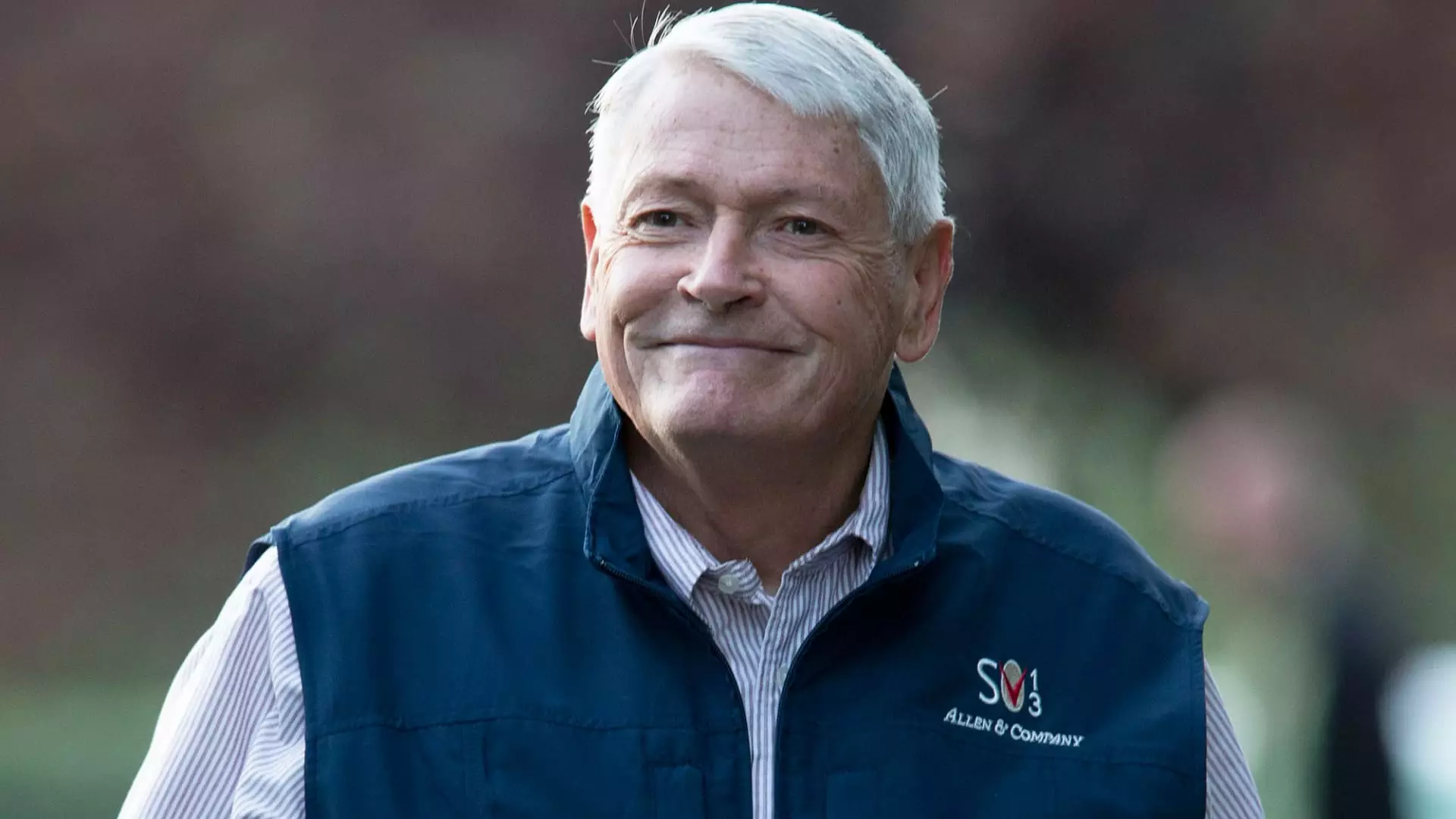As Liberty Media embarks on a transformative journey, the announcement to spin off most of its assets, except for its Formula One racing division, marks a pivotal moment in the company’s history. The creation of Liberty Live, a distinct publicly traded entity, signifies not just a strategic maneuver but also reflects the foresight of its leadership in a rapidly evolving media landscape. The decision comes with the notable resignation of CEO Greg Maffei, who will step down at the end of the year, while Chairman John Malone takes the helm as interim CEO. This shift in leadership, alongside the unveiling of Liberty’s investor day in Manhattan, indicates a commitment to streamline operations and sharpen focus.
The spin-off underscores a broader strategic intention to simplify the complex corporate structure that has characterized Liberty Media for over two decades. Chris Marangi, Co-CIO of Value at Gabelli Funds, highlights the broader implications: “Malone has accelerated the surfacing and simplification of value.” This remark encapsulates a critical assessment of Liberty’s evolution, suggesting that the upcoming changes are part of a grand finale in a lengthy performance. By divesting from various assets, Liberty Media is effectively honing in on its core competencies, with Formula One and MotoGP now at the forefront of its business model.
The impending divestment is not merely an operational adjustment; it also serves to refocus the company’s future. Liberty Media’s acquisition of Formula One in 2016 was a game-changer, and retaining this asset aligns with its strategy of consolidating what is both valuable and profitable. The establishment of Liberty Live, which will encompass assets like Live Nation Entertainment and Quint, reflects an understanding of market dynamics and the importance of fostering direct ownership for shareholders.
In tandem with the restructuring plans, Liberty Broadband is set to undergo a significant transformation with its acquisition by cable giant Charter Communications in an all-stock deal. This strategic move not only consolidates Liberty Broadband’s position—having already expressed intentions to merge with Charter—but it also represents an effort to simplify Malone’s expansive portfolio. With Liberty Broadband holding a 26% stake in Charter, this evolution exemplifies the ongoing trend of consolidation within the cable industry, aiming for operational efficiencies that can bolster shareholder value.
Maffei’s comments elucidate the financial rationale behind these maneuvers: simplifying capital structures, reducing asset valuation discounts, and enhancing trading liquidity for both Liberty Media and Liberty Live. The projected completion of the Liberty Live split in the latter half of 2025, alongside the Charter acquisition by mid-2027, sets a clear roadmap for stakeholders, ensuring transparency and fostering investor confidence.
Maffei’s tenure at Liberty Media since 2005 has been marked by strategic growth and substantial shareholder returns. However, the transition of leadership back to Malone, known as the “cable cowboy,” adds a layer of intrigue. Malone’s illustrious history includes building the cable empire TCI and executing high-stakes transactions that shaped the media landscape. His appointment as interim CEO signals a return to seasoned governance at a crucial juncture for Liberty Media as it navigates these changes.
Malone’s return is not merely administrative; it serves as a reassurance to investors accustomed to his decisive and savvy approach. His history of spinning out companies into tracking stocks showcases his adeptness at maximizing shareholder returns and enhancing the intrinsic value of media assets.
As Liberty Media repositions itself in the marketplace, it faces the challenges of an evolving industry characterized by rapid technological advancements and shifting consumer preferences. The commitment to retaining a focus on high-growth segments like Formula One and MotoGP suggests a keen awareness of emerging opportunities that can drive viewer engagement and revenue generation.
Liberty Media’s forthcoming split and transfer of leadership represent not just a shift in corporate strategy, but also an articulation of Malone’s vision for a streamlined future. As the unfolding narrative progresses, it remains critical for stakeholders to remain vigilant, keenly aware of how these strategic moves play out in the broader media landscape. The interplay of innovation, leadership, and strategic financial management will ultimately define Liberty Media’s next act in its storied history.

